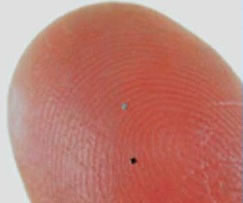105adarsh
Newbie level 5
Hi everyone, How u guys doing??
i'm doing a Digital visitor counter using pic18f4520 as my project. i've an idea of doing it n it is like this, i'l keep two sensors S1 and S2 in entry-cum-exit door, if the person crosses sensorS1 and then sensor S2, the counter get incremented,similarly, if the sensor S2 is active and then the sensor S1, it gets decremented. but i've one problem, how should i program ? how can say whether the person has entered the room or exited?? plz guys give me an idea in programming the project. i'm using C programming n MPLAB IDE tool. plz reply ASAP.
thank u guys
i'm doing a Digital visitor counter using pic18f4520 as my project. i've an idea of doing it n it is like this, i'l keep two sensors S1 and S2 in entry-cum-exit door, if the person crosses sensorS1 and then sensor S2, the counter get incremented,similarly, if the sensor S2 is active and then the sensor S1, it gets decremented. but i've one problem, how should i program ? how can say whether the person has entered the room or exited?? plz guys give me an idea in programming the project. i'm using C programming n MPLAB IDE tool. plz reply ASAP.
thank u guys



